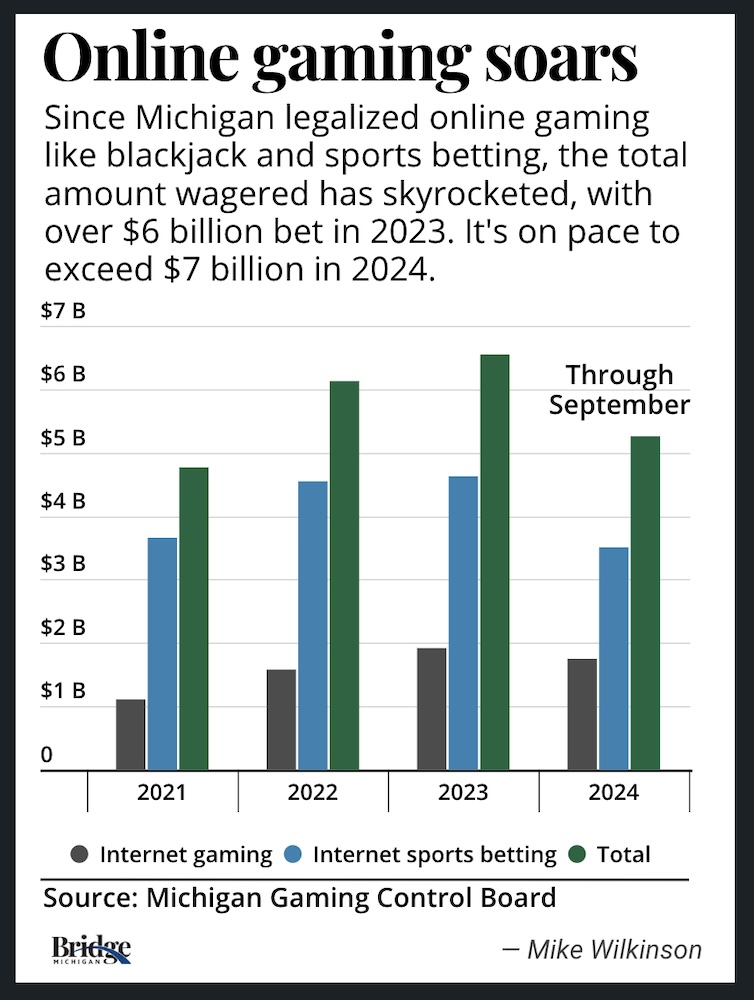Bussiness
As AI innovation takes hold, business leaders need to think cross-functionally and keep learning, says Maggie Hulce, Indeed’s chief revenue officer
- Maggie Hulce is Indeed’s chief revenue officer and a member of BI’s Workforce Innovation board.
- Hulce says problem-solving skills and an openness to change will become more important with AI adoption.
- This article is part of “Workforce Innovation,” a series exploring the forces shaping enterprise transformation.
Business Insider’s “Workforce Innovation” series features an advisory board of experts, convened from a wide variety of roles and industry verticals, to talk about driving positive outcomes across four key change drivers — artificial intelligence, diversity, equity, and inclusion, worker well-being, and C-suite transformation.
During her eight years at Indeed, Maggie Hulce has held several positions, including executive vice president and general manager for Job Seeker at Indeed, general manager of enterprise research and development, and vice president of global sales strategy.
That background has been good training for AI leadership. Cross-functional understanding, Hulce said, is an essential skill for today’s C-suite as executives navigate the innovation juggernaut of artificial intelligence. “Technology is actually making the lines between functions more blurred than they have been in the past,” she said.
Business Insider spoke with Hulce at Indeed’s annual FutureWorks event, where CEO Chris Hyams announced the company’s new Pathfinder product, an AI tool that serves as a kind of agent to help job seekers zero in on relevant career opportunities.
Hulce said that Indeed would infuse more AI into its products over the next year and that the long-term goal of these initiatives was better worker well-being. “It’s about how to help people navigate their choices in a format that feels conversational,” she said, “to help you find whatever it is in the world that makes you happy.”
The following has been edited for length and clarity.
How are you and other business leaders driving AI adoption in companies?
Companies are trying to decide how much to focus on big, bold, transformational projects versus more bottoms-up adoption.
A lot of leaders have come to the realization that you can’t totally mandate AI. You need to have some bottoms-up adoption. You need to have champions. You need to have people sharing stories of how it made their lives better.
For people who haven’t yet experienced it, it can feel scary. But if you have peers sharing stories of tools they’re using, how it’s helping, and how it’s making life simpler, and there’s peer-to-peer sharing and learning, that helps it catch on.
There are certain AI capabilities that we want to use more systematically. So, for example, in our sales organization, we have software for coaching, so we’re saying, we want you to use it this way. Because we want people to have coaching conversations, and here’s a tool that will enable it. It’s here to make it simpler.
It can be completely overwhelming if you try to change everything all at once. So you have to start with use cases that solve a real problem. Pick a use case and show how AI tools are really helping to solve this in a simpler, faster way, and then you can start to naturally build from that.
If you try to eat the whole elephant at the same time, it’s just too overwhelming. In a lot of change initiatives, you have to get some wins, and you have to show people the wins. If it sounds like you’re talking a big game, you can lose people.
Are there practical ways that companies are encouraging their teams to start using AI?
Companies can see how every piece of software they run their businesses on is going to come with AI capabilities.
People learn how to use new software all the time, so if the next generation of software is all coming with built-in AI capabilities, it actually isn’t so scary. It becomes a feature inside of something they already use that helps make their work faster, easier, and better.
In our organization, we’ve given people the ability to use things that are common — like how to use ChatGPT appropriately. We also have tools like Glean, and so many other software providers are coming out with AI-enabled capabilities. People are using Zoom and its AI to synthesize hourlong meetings after the fact.
That’s one very practical thing that everyone’s living through right now, and it’s an easy way to step into the problem.
How are you and other C-suite leaders thinking differently about guiding their organizations through this rapid change?
There is a lot of reflection about how to keep learning new things. The pace of change is accelerating, and that means we all have to be constant learners and students of the business.
When you see what technologies can do, it also means that traditional ways of thinking about functions may start to make less sense than they used to. You have to actually think about these problems from a different lens.
Some of the core problem-solving capabilities: How do you design better workflows and operational flows? How do you help excite people who feel daunted because things are changing? Those are skills that become more and more important.
It is also crucial that leaders within C-suites understand more about other functions than they do today. You can have lots of different functional leaders who grew up in and have expertise in their function — but when you’re solving customer problems, you’re solving operational problems. These are customer problems, end to end.
At Salesforce’s Dreamforce this year, we listened to the Salesforce head of customer success say that what they used most was Data Cloud, which most people think is for the technical people. And they use Marketing Cloud because most of customer success is actually marketing-led outreach at scale.
So those two disciplines together are actually more important for my success and customer success than what people would normally think. Technology is making the lines between functions more blurred than they have been in the past.
What do today’s C-suite leaders need to leave behind? What doesn’t work anymore?
Some of this is typical leadership advice, but there are people who have ascended in a particular function based on their competence in that function.
The challenge in this moment in leadership is to reimagine how all these things should happen. There can be some natural resistance to that. When you get to leadership, you have to keep challenging. You have to keep reinventing.
The pace of change now and the potential for reinvention, it’s just so much greater and so much faster than it was before. How do you think about problems more cross-functionally, more creatively, and with more potential for reinvention? Five years from now, how companies do work will be 80% different across a range of functions. People have to be willing to say, “OK, there’s a much better way to do things.”









